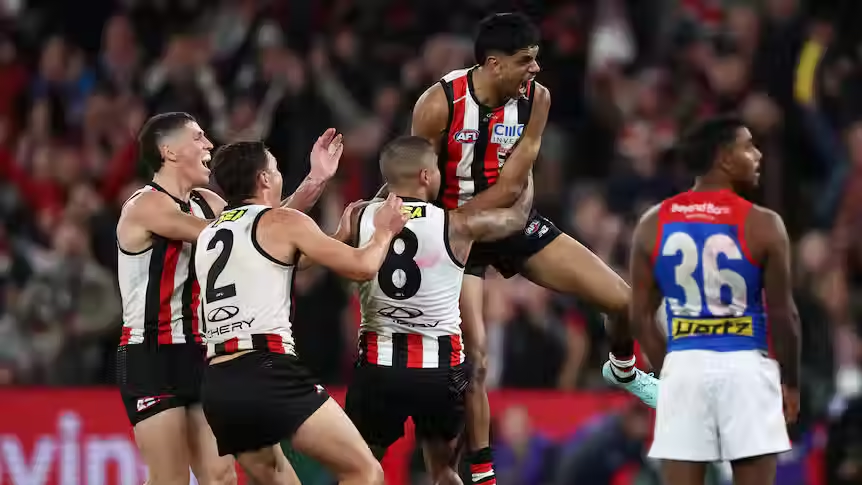The UFC’s Marvel Turn
- guywholikessport
- May 28
- 4 min read
Updated: Jun 1

After the UFC exited the freak show era that sold the first few events – UFC 2 did not drug test, had no weight classes, and had an unlimited clock (UFC 1 had unlimited 5 minute rounds) – and consolidated (is there another word for that?) all of their competition in MMA, the basic value proposition of the company was “this is where the best fight the best”.
What that meant was that there was somewhat of a meritocracy. It wasn’t perfect - Brock Lesnar was 1-1 in the UFC before getting a title shot - but it was pretty good.
In the fight, Sonnen improbably dominated until Silva snatched victory with a triangle in the fifth.
A rematch made sense—but Sonnen tested positive with 17x the testosterone of a normal man. He was suspended and had to win two more fights before another shot.
In the dirty business of fighting, that’s as meritocratic as you’ll get.
Then, on the back of Ronda Rousey and Conor McGregor, the UFC shifted.
The UFC was purchased by Endeavour in 2016 for $4bn. Initially, the UFC had to drive up its price, then post-purchase Endeavour had to justify its investment. That meant that the UFC entered its superfight era.
This led to things like McGregor not having to defend his featherweight belt once before letting him fight for the lightweight title, then letting him hold both belts.
It also led to McGregor walking into a title shot against Nurmagamedov despite openly drinking heavily and not fighting in the UFC for two years, or Georges St Pierre getting a middleweight title shot four years after his last fight for the welterweight championship.
The superfight era really meant the UFC was in its starf**king era. It was a company full of Seth Rogen’s character from The Studio trying to get thanked by Zoe Kravitz.
But, the fights I listed were fights people wanted to see because they involved fighters people wanted to see. Even if the right people weren’t getting shots, they were still interesting.
The UFC was also abiding by a version of their original ethos. Instead of the best fighting the best, it was the people you want to see fighting the best.
Now, the UFC is doing neither.
Since 2021, the UFC has failed to put together almost all the biggest fights they could, and the issue has come to a head this year. In that time, they have failed to put on Jon Jones v Francis Ngannou, Ilia Topuria v Islam Makhachev, Jones v Tom Aspinall, or any McGregor fight.
Some of these are not the UFC’s fault. Jones is clearly ducking Tom Aspinall, preferring to caress hair on motorbikes in Thailand for instance, but the pattern is undeniable.
Why?
In 2023, the UFC and WWE merged to create TKO – a publicly traded entity. Once again, the UFC has had to change.
They clearly were upset by how much power certain people (McGregor, Conor) had over the company and moved away from centring fighters, preferring to centre the brand. Those three letters - U F C – are the stars.
It’s the Marvel model: take people, drop them into infrastructure, extract value, discard, repeat.
The star isn’t the cog, it’s the machine.
However, also like Marvel, cycling out the stars and betting on the infrastructure has hurt the brand, even if the UFC is still the hottest combat ticket in the world.
That’s why Robert Downey Jr is coming back to the Avengers despite Tony Stark dying, and why the UFC staunchly refuses to strip Jon Jones of a belt he has no interest in defending.
They’ve been too good at de-centring stars and now all they have is nostalgia.
That’s not to say they’ve moved back to a meritocracy model either.
Take the featherweight division. The rightful challenger to the champ, Alex Volkanovski, is Movsar Evloev - 8-0 in the UFC since 2019.
He’s not a star, but he’s the right fight.
Why is Yair getting the shot? The fight is set to be at UFC Noche, the UFC’s random ode to Mexico, and Rodriguez is Mexican (boxing has a rich history of legendary Mexican fighters. Mixed Martial Arts...does not).
That’s it.
And that’s a big event for the company.
The smaller shows like Fight Nights are getting thinner by the year, and the UFC is intent on staying at the soulless Apex instead of traveling for those Fight Night dates.
Put simply everything is degrading, but they’ve got 40 shows a year to fill, and a few of them have cultural gimmicks that need to be catered to.
The attitude is now “We don’t have any stars, nor will we make the best fight the best, but we’re still going to sell out everything for absurd prices because we’re the only show in town.”
The UFC is in its “fill the calendar and line the pockets” era.




Comments